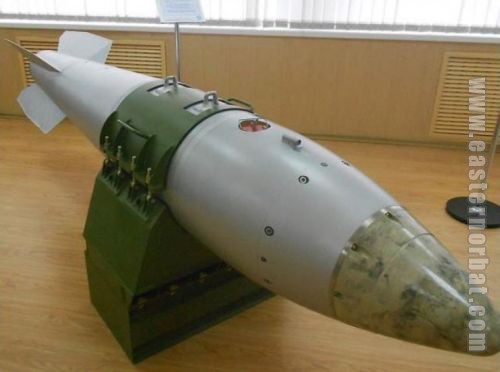|
|
|||||||||||||
 |
|||||||||||||
 |
|||||||
|
Bulgarian nuclear bomber Evgeni Andonov and Alexander Mladenov reveal the story of the Bulgarian air arm’s secret nuclear strike training and strategy during the Cold War.
|
|||||||
|
Other than the USSR the Bulgarian Air Force was the first Warsaw Pact air arm to receive the fighter-bomber derivative of the MiG-23 when its first MiG-23BN Flogger-H squadron was inducted into service in 1976 with the 25th Fighter Bomber Air Regiment. The first 18 of the nuclear-capable jets went to 2nd squadron of the 25th Fighter Bomber Air Regiment followed by 18 more for 1st squadron in 1981. |
|||||||
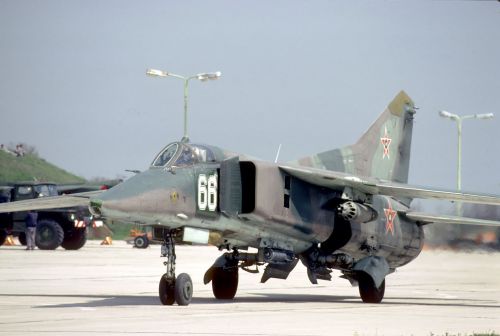 |
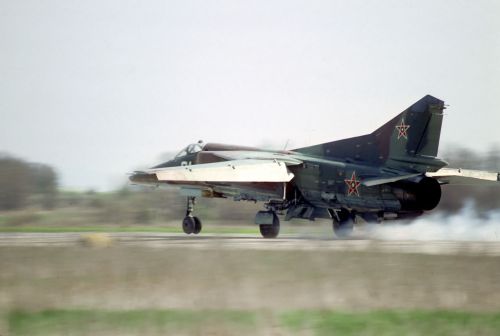 |
||||||
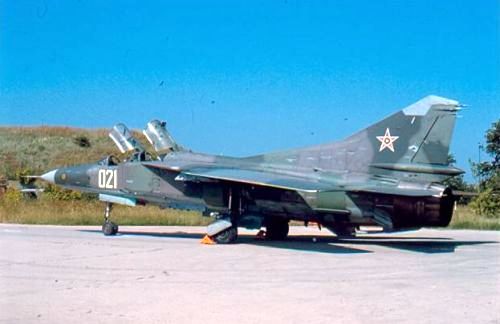 |
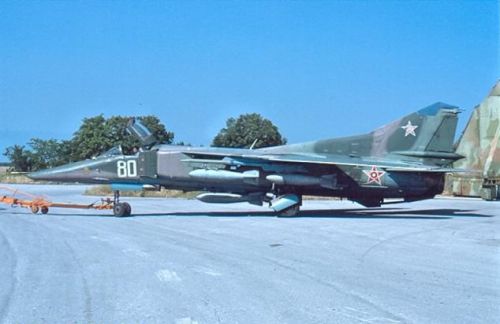 |
||||||
|
Major (later Colonel, now retired) Tsoko Tsokov recalls those uneasy days of high combat readiness and hard training: “We were four pilots from the 25th regiment with good experience on the MiG-23BN Flogger-H – including the combat deployment of conventional bombs and rockets – appointed to attend this top-secret training course on the art of air delivery of nuclear munitions. We traveled to the place of training in our own aircraft, flying directly from our home base of Cheshnegirovo to Martynowskaja, located some 86nm (160km) north of the city of Odessa.” Pilots and maintenance personnel were trained separately, under conditions of very tight secrecy. Technicians were introduced to the specifics of the wiring and control devices that enable the deployment of the nuclear bomb and the functional checks required for the circuits of the weapons control system. They were also given generic information on the design and principle of operation of the nuclear bomb. Practical drills on fitting the nuclear munitions followed, using a single-seater MiG-23BN aircraft ferried from Bulgaria and housed in a hardened shelter under armed guard. There the technicians mastered the skills of installing the adaptor beam used for carrying the Spetzbomba and then suspending the practice bombs, which were brought to the aircraft on a dolly. The aircraft was also required to be started-up and checked with its engine running, still behind the closed doors of the shelter. |
|
|
||||||||||||||||||||
|
“Before this course we were taught that the aircraft carrying the nuclear bomb should be supported on its route to the target by no less than one entire squadron, responsible for sweeping the airspace within the designated ingress corridor and suppressing the enemy air defence, ”Col Tsokov explains. “During the training course at Martynowskaja, however, we were told that the aircraft tasked to deliver the nuclear bomb should operate in either a two- or four-ship formation on its way towards the designated target. When we asked our instructor, Lt Col Avenir Reshetnokov, why this change had been introduced, he replied that it was now (1980) much easier to organise delivery of the bomb because there were considerably more munitions available than during the previous decade.” |
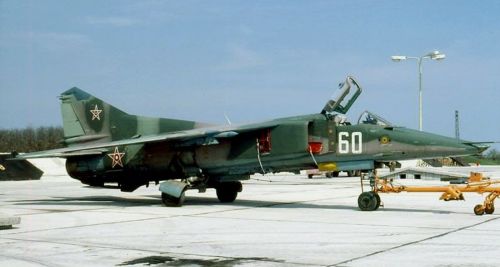 |
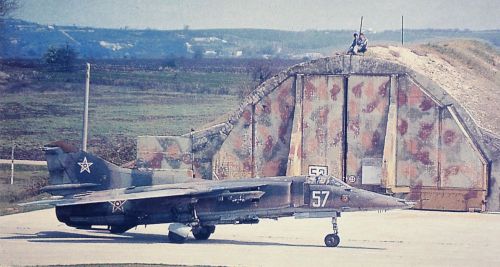 |
||||||
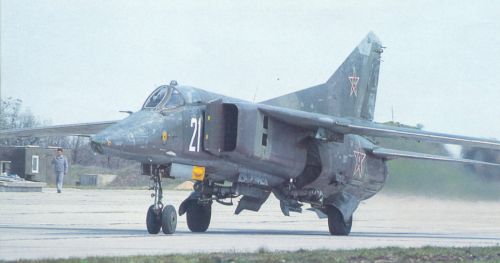 |
 |
||||||
|
The MiG-23BN Flogger-H could deliver the RN-28 bomb using three principal flight pro- les – in horizontal flight, in a 20° dive or in a 15° climb. There were no specific altitude and speed restrictions for the drop and the only requirement was for the pilot to ensure separation of eight seconds between release and detonation in order to remove his aircraft to a safe distance. For a low-level drop the minimum altitude was usually set at between 200-600m (656-1,968ft) above ground level, but there was an option to drop the bomb from as low as 50m (164ft) in level flight. |
|||||||
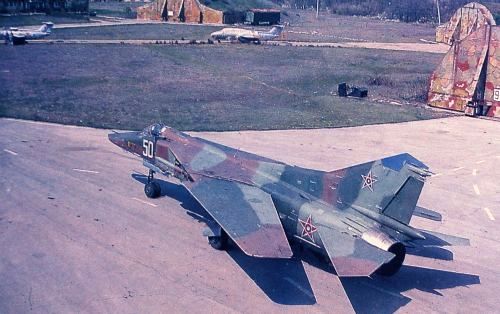 |
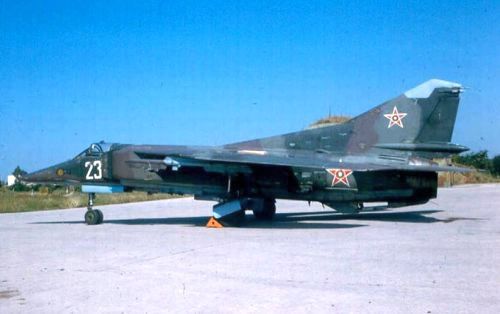 |
||||||
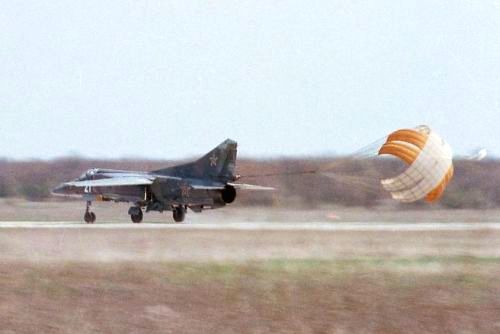 |
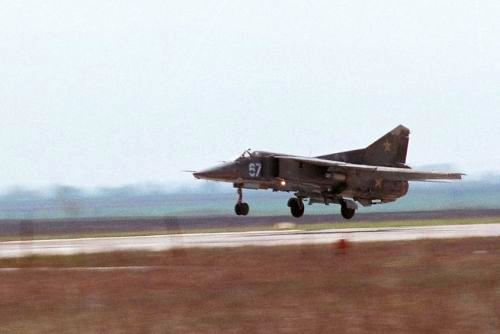 |
||||||
|
“The MiG-23BN Flogger-H was a potent bomber and, in the case of war, we were con- dent in its penetration capability at ultra-low level and high subsonic speed, sneaking below radar coverage when flying just above the ground alongside the Maritsa riverbed towards the designated targets in Greece and Turkey,” said Col (Ret) Slavi Pavlov, another highly experienced Flogger-H pilot and a 25th Fighter Bomber Air Regiment commanding officer during the mid-1980s. |
|||||||
|
Source: Aviation News incorporating Classic Aircraft January 2014, Evgeni Andonov and Alexander Mladenov |
|||||||
|
Tags: |
|||||||
